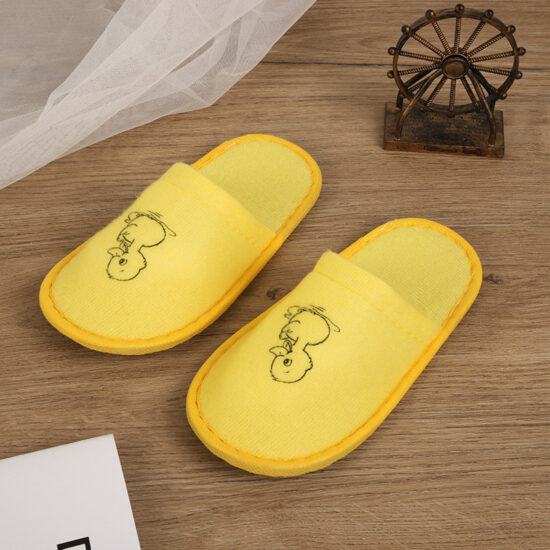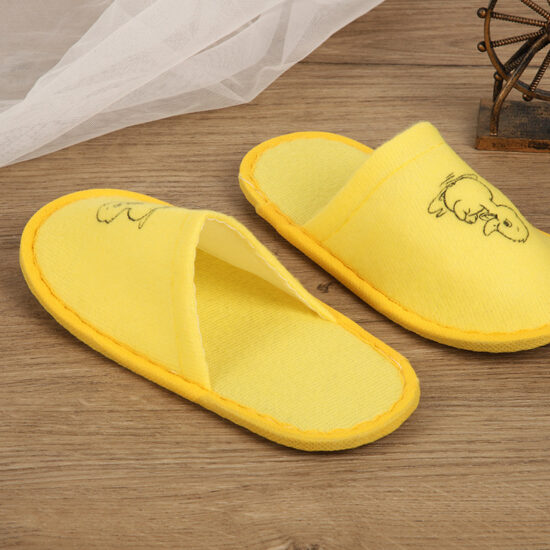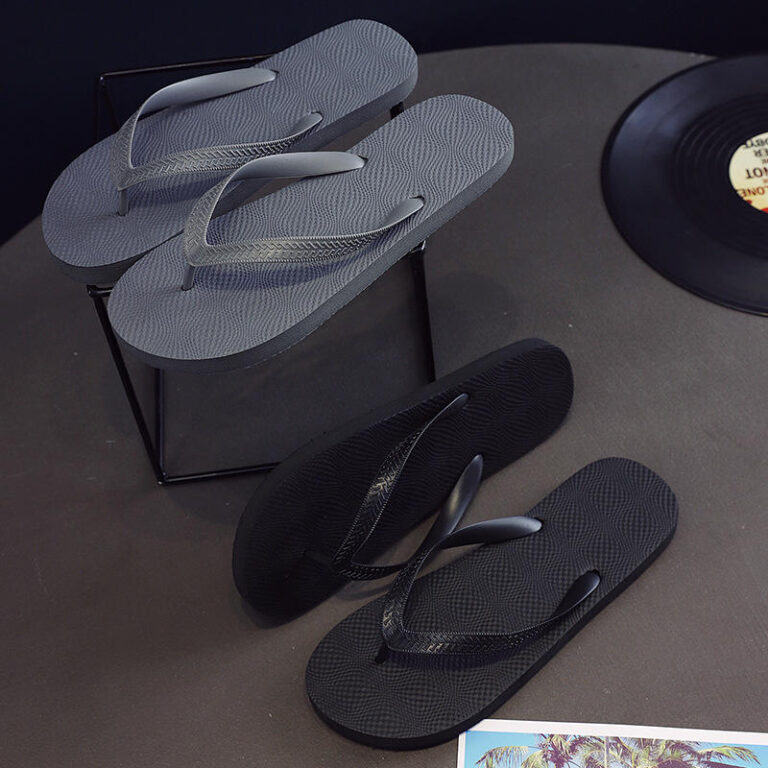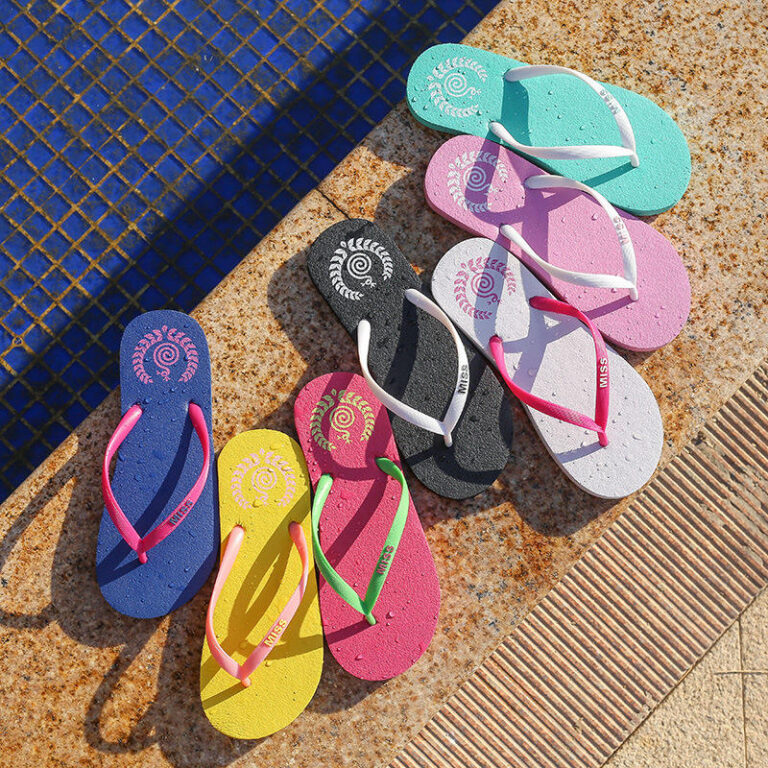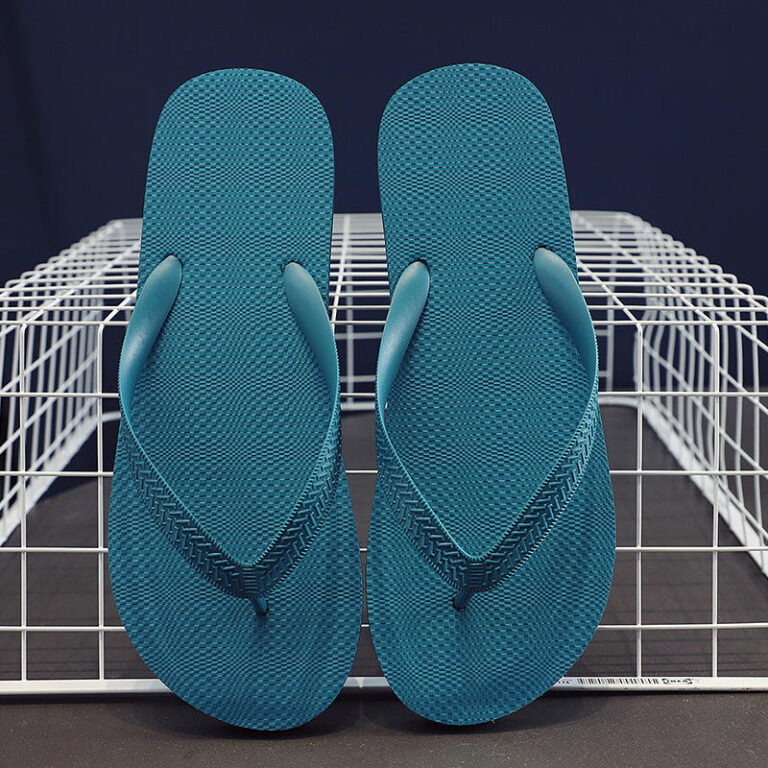jay@nbdho.com
The Impact of Flip Flop Fashion on the Global Footwear Industry
Flip flops are no longer limited to casual, beach-ready footwear—they’ve become an influential part of global fashion. As the footwear industry continues to evolve, flip flops have made a significant impact, thanks to their blend of comfort, style, and affordability. For B2B buyers and retailers, understanding the rise of flip flops as a fashion trend is key to staying competitive.
Flip Flops as Fashion Statements:
While flip flops were once only worn in beach and vacation settings, they’ve now infiltrated the broader fashion landscape. Designers have embraced this humble footwear staple, incorporating unique styles, luxurious materials, and even bold embellishments to create fashion-forward flip flops that make a statement. Customizable designs, including beaded straps, metallic finishes, and printed soles, have made flip flops an attractive option for consumers who value both style and comfort.
Sustainability Meets Style:
The convergence of eco-consciousness and fashion is evident in the growing popularity of sustainable flip flops. As consumers increasingly demand ethically produced products, flip flop manufacturers have answered the call with stylish, eco-friendly materials like recycled plastic, cork, and organic cotton. These products are not only trendy but align with the values of sustainability-focused consumers.
From Casual to High-End:
High-end brands are now integrating flip flops into their luxury collections, elevating their status from simple footwear to a must-have accessory. Leather straps, intricate stitching, and premium soles have made luxury flip flops a highly coveted item in fashion circles. This trend opens up new opportunities for wholesalers, especially those catering to boutique fashion stores and luxury retailers.
Brand Collaborations and Limited Editions:
Many fashion-forward brands collaborate with influencers or celebrities to create limited-edition flip flops, driving excitement and exclusivity. These collaborations often feature unique prints, luxurious materials, and eye-catching designs. For B2B buyers, collaborating with established fashion houses or niche designers can help create custom collections that stand out in the marketplace.
Footwear for Every Occasion:
Flip flops have moved beyond their original casual beachwear status. Today, they’re often seen paired with dresses, skirts, or even formal outfits at destination weddings and beachside parties. Retailers that understand this trend can appeal to customers seeking stylish yet comfortable alternatives to sandals or sneakers.
Growth Potential in New Markets:
As flip flops gain traction in both high-end fashion and sustainable markets, there’s great potential for growth in emerging regions. Southeast Asia, Latin America, and other tropical destinations are ripe for new flip flop styles and branding. For B2B buyers, this expanding global market presents an opportunity to meet demand and stay ahead of fashion trends.
Flip flops are no longer just footwear—they’ve become a global fashion statement. By understanding and adapting to the fashion evolution of flip flops, retailers and wholesalers can seize new market opportunities and capitalize on the growing demand for stylish, functional, and eco-friendly footwear.
